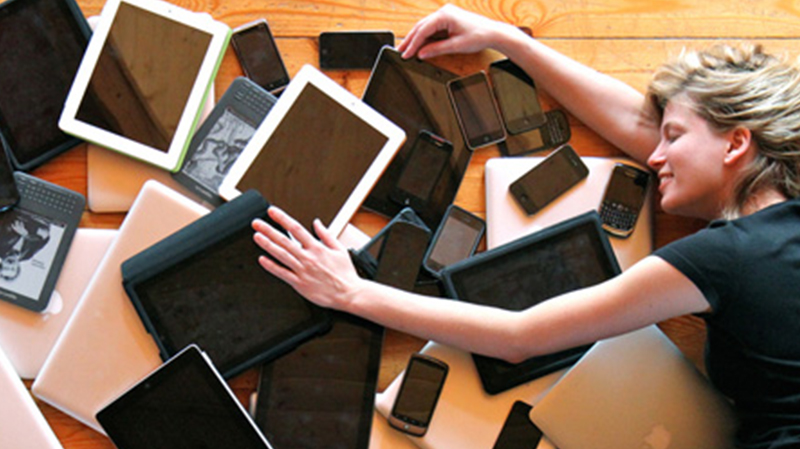
While people born in the 60s, 70s, and early 80s dreamed of technology, with movies like Blade Runner (1982), Star Wars (1977-1983), WarGames (1983), and 2001: A Space Odyssey (1968), they just didn’t have it. Back in those days, technology was a dream of the future, but not one that could be actually experienced beyond the vicarious world of low resolution television (or the big screen in movie theaters).
Today, most of the technology from these epic historic scifi movies has actually come true, and much of it has become an integral part of our daily lives. From portable computers to self-driving cars, people born in the mid 80s and beyond, often known as millennials due to being a teenager or younger after 2000, grew up with the technologies that our ancestors dreamed of. Today, it can be hard to believe that anyone ever lived without them.
Here are the top ten technologies that today’s millennials grew up with, and which are even ubiquitous today, that our ancestors always dreamed of but could never experience growing up. While some of these technologies may have existed in their infancy in the pre-1985 eras, they were not part of daily life and could not be experienced by the people in everyday life.
10 Smartphones

It was not until the late 90s where people started to have actual wireless phones they could take around, but still these phones were quite large and contained little more than some number buttons. Early millennials may still remember using one of these old bulky phones, but by the early 2000s after the release of the iPhone, the first real smartphone, they were already becoming a thing of the past. Today, nearly every person on the planet owns a smartphone, and almost no one still has a wired phone in their house. If you see one, it it probably in your grandmother's (or great-grandmother's) house.
Where would we be without smartphones? Probably digging holes in the ground looking for food to eat or something, thinks nearly every millennial born after 2000.
9 Text Messaging
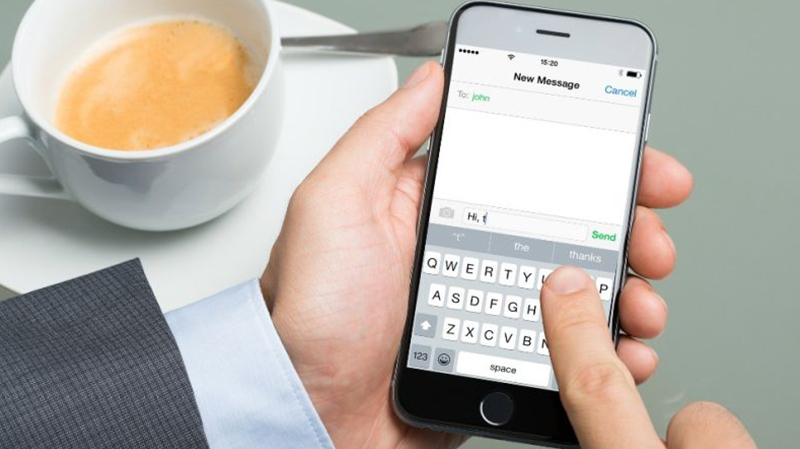
Business Insider says, "From 2008 to 2010, millennials' average phone-call time dropped by around 1,200 minutes. At the same time, the number of text messages sent doubled from 600 to over 1,400 each month" (Source). Today, hardly anyone talks on the phone anymore. It's easier to text; and with technologies like Swype (which I love), you can now send a text nearly as fast as you can talk.
Plus, the millennials can ignore you can say "Oh, I must have missed your text". It's a lot harder to blow people off on the phone. Texting is a flaky millennial's paradise.
8 Big Screen HDTVs
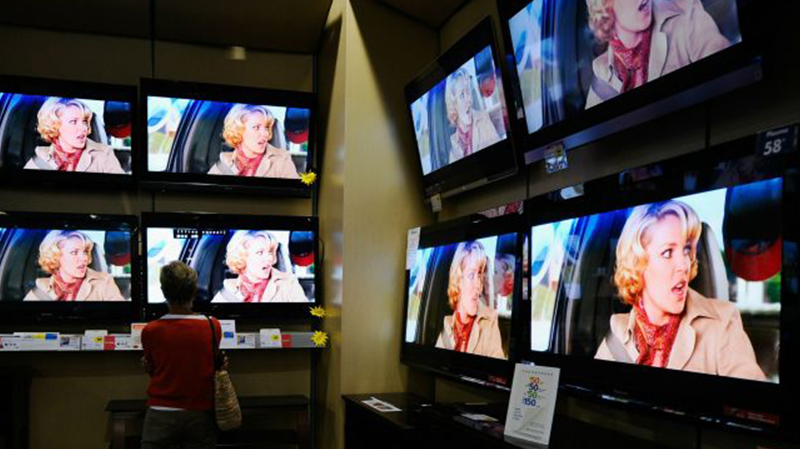
Today, we still have 9 inch portable TVs, but instead of a 30-pound behemoth the size of a portable boom box (remember those, at least from Grease?), and instead of TV channels and antennas, people can view TV by streaming wirelessly via Netflix or their own microSD card on their smartphones, which weigh mere ounces and fit invisibly in your pocket.
But big screen TVs have also come a long way. While you could pay $800 for a huge 25 inch CRT TV (with remote!) in 1970 (Source), people had to go to the movie theater to see anything larger. Still, the movie theaters were hardly "high definition" as we have today.
Today, you can get a gigantic 40 to 50 inch 1080p HDTV for only $300 from your local walmart (or craigslist). It only weighs about 50 pounds or less, is only an inch or two thick (or less), and can be seamlessly mounted to your wall. Even 4k models which have 4 times the resolution of a 1080p TV are also becoming more common and more affordable. Oh if the 70s could see us now.
With today's giant high definition HDTVs you can waste your life and your health away on Netflix in movie theater-like surroundings, all from the comfort of your own home. Who needs a job? Give me some popcorn.
7 E-Commerce

Back in the day, the family would pile into the minivan and head out for a Saturday hanging out in the mall while their parents went shopping. Well, at least that's how they did it in the 90s, not quite sure about the early 80s and before. Either way, if you wanted to buy something, you had to go to the local store.
Today, you can buy everything from toothpaste and forks to cars and houses all from home. And with smartphones and improving mobile experiences on websites, most of this can even be done from your smartphone anywhere where you can get a data connection, which is nearly everywhere except the middle of nowhere.
E-Commerce has transformed commerce and industry not just around the country but also around the world. The move to an online shopping experience has led to the closing of thousands of brick-and-mortar companies like Blockbuster, CompUSA, and Circuit City and who were unable or unwilling to adapt to the new technological landscape. Even large retailers like JC Penny and Macy's are struggling to stay in business, closing many stores due to online competition.
While long ago people used to ask their friends and family what was the best thing to buy, today they just read random strangers' reviews online, despite a growing trend where the majority of these reviews are written by the companies and sellers themselves.
At least you get an easy, no-hassle return policy! Even though you're probably never going to get around to returning it anyway. Who has time to slap on a pre-printed return label and drop it off at the local UPS store? Between texting friends, catching up on the latest show, or looking at cats on Imgur, all while tweeting about texting friends about that funny cat picture on Twitter, the average millennial does not have time for such things like slapping a pre-printed return sticker on a box and putting it outside their front door for pickup.
6 Pocket Digital Cameras
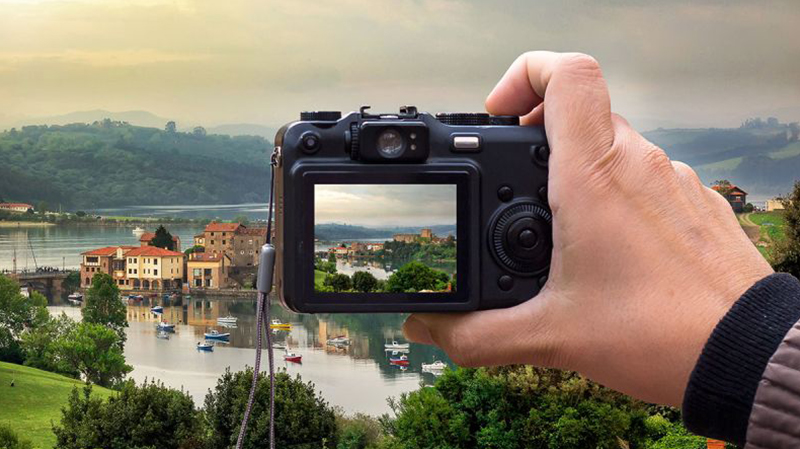
This can be very difficult for the average millennial to comprehend, but just about everything that allows you to take a picture of your cat or your Chipotle burrito and share with your friends, did not exist in the 70s yet. Chipotle didn't exist either! If you wanted to take a picture, after taking the picture you had to take it to the local photo store, get the "film" developed, and a week or two later you could see what your picture looked like!
As a result, pictures of hot dog legs and Mod pizza are very rare from the 1970s. Compact digital cameras that could fit in your pocket were hardly even a dream. While surely someone may have thought "it would be cool if this giant camera were smaller so I can fit it in my luggage to take on the family vacation", no one probably ever thought of wasting their precious film with like 30 pictures (undeletable!) on unimportant things like a cat with dog ears or your dog eating a Five Guys cheeseburger.
Today, people have gone through a cycle of dedicated pocket cameras, and most people don't even own a dedicated camera anymore. This is because today there are billions of cameras smaller than a drop of water inside of the average person's smartphone. They can take huge 4K pictures with incredible resolution, and have features like autofocus, touch focus, and Instagram filters that could not even be imagined in the 1970s era and beyond.
Put simply, pre-1970s photography was like the stone age to the average teenage millennial who takes thousands of pictures per day of everything from a closeup of their eyes to whatever they had for breakfast, lunch, dinner, and 12 snacks today, their dog, friend's cat, some flowers, the sky, and even a meta picture of a picture of their smartphone taking a picture of another smartphone. How far we have come. Sigh. ;)
5 Online Multiplayer Gaming
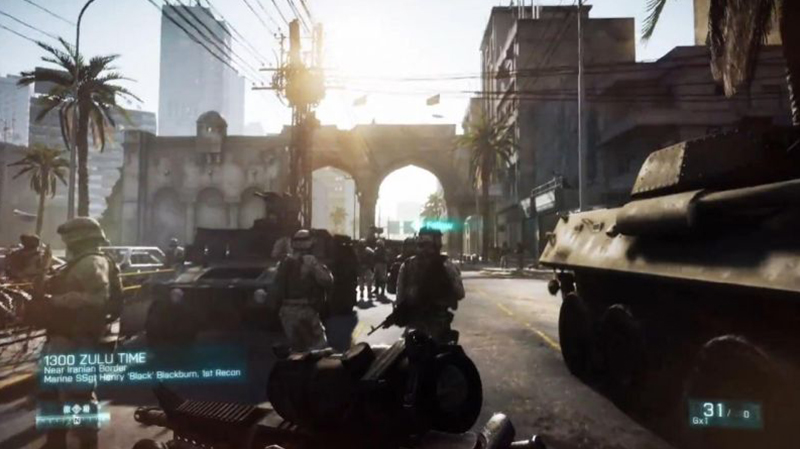
Today, you don't even need any friends to play even chess or checkers. Just turn on your smartphone and go online and play with a real person who is somewhere else in the world, maybe in China. You can play live games, rank, and everything. Massive Online Multiplayer Role Playing Games (MMORPG) could not even be imagined in 1970. If you wanted to play an RPG you would pull out a classic 1970s nerf gun and run around in your parent's backyard playing cops and robbers with your friends. You could dress up as cowboys and indians, batman, or any number of other classic characters.
No one really plays outside anymore today. Now the kids just turn on their PS7 or Xbox Three and play the latest 2025 virtual reality release of Call Of Duty Modern Warfare 958. Oh wait, what decade am I in? Oh yeah, it's still almost 2020, 2025 doesn't occur for 7 more years. Isn't that crazy to think, 2025 is really around the corner? We are really living in the future!
4 Media Streaming
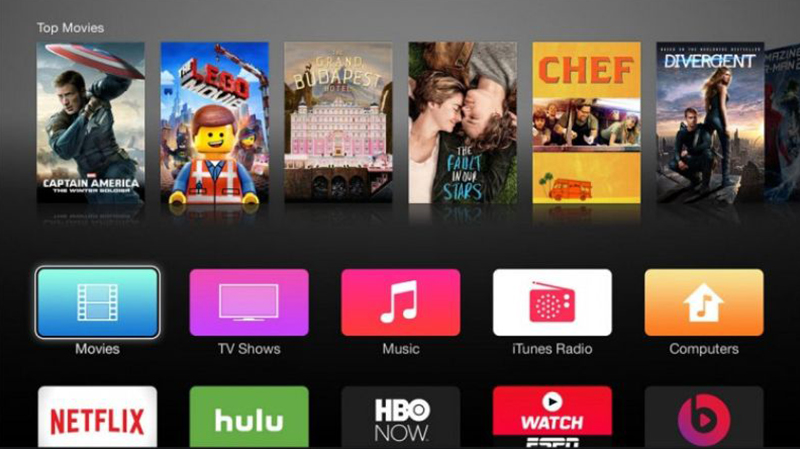
But no one even has cable anymore. Why? Because we can just stream all our shows. In fact the only reason most people who have cable even have it is because it actually costs less to get cable and internet than it does to get internet only. So they say yeah sure I'll take a free cable for a discount. They don't watch it though. How are the cable networks going to reach these silly millennials who don't watch TV and commercials? Oh yeah, they put their commercials on YouTube and online news and online sports.
Media streaming has become so ubiquitous that every form of digital media is available through some or other streaming service, whether it be movies and TV of any generation (including 1950s), news, fake news like CNN, sports, and everything else. Not only visual media, but also music and audio streaming. Between Spotify and Pandora, now you can stream music, radio shows, podcasts, and every kind of media you can imagine.
And with Youtube, now you can even watch people go to work, sleep, or play video games. Yep, watch other people play video games online. Not even play them yourself, really sit there and watch another person play it. I admit, I'm guilty! It can be helpful to watch someone else play something to get achievements or stuff like that.
3 Self Driving Cars
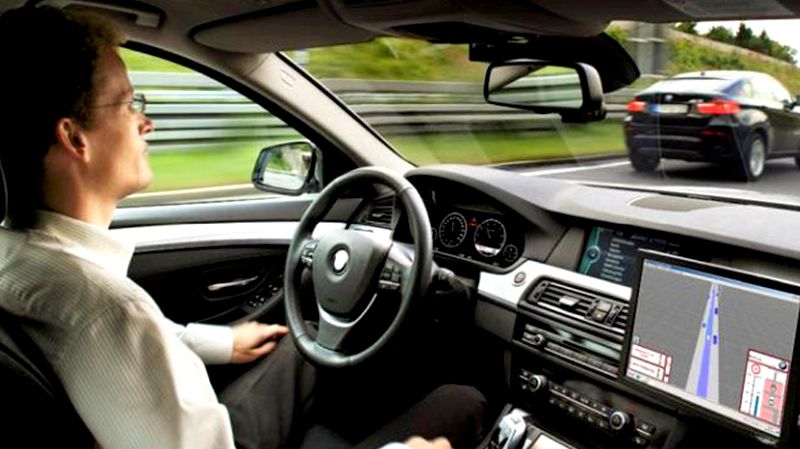
While the technology is still not fully autonomous, it is about to be. Many 2017 and 2018 models are already implementing a working self-driving which utilizes cameras to see the road lines and surrounding vehicles, speeding up, slowing down, and even maneuvering to some extent, all without touching the wheel.
Soon, fully autonomous mode will become as ubiquitous as cruise control, and will render driving stress, traffic, and wasted driving time a thing of the past.
Read more about self-driving cars:
Self-Driving Cars: The Future Is On The Horizon, Autonomous Cars Are Coming Very Soon
2 Social Media

On Twitter you can talk about what you did when you woke up or that you are driving to work now, and you can try to see if you can reach 100 million trillion quadrillion followers. Instagram you can post pictures of your cat and your dog and how organized or messy your desk or room is. SnapChat, we won't even go there, Reddit you can spread memes and waste days reading mindless stuff about nothing while your brain slowly turns to mush, and on LinkedIn you can connect with random people for business connections you will never follow up with anyway.
On YouTube you can watch Crazy Russian Hacker destroy stuff or show you cool ways to hack everyday items, you can watch Good Mythical Morning or PewDiePie crack funny jokes and do hilarious stuff, or you can watch random interesting stuff about worst driver or car crash compilations, funny sports fails, or people doing amazing/awesome/stupid stuff. You can even get the real news there, or also the fake CNN news is there too. You can even go to the weird part of YouTube, definitely by accident, where you can watch people talk about extra terrestrials, weird conspiracies like flat earth, and other weird stuff. Get out of there fast, how did you get there anyway?!
Ah, the internet. After all, where would we be without endless cat pictures and viral memes? Surely this has improved society somehow? Er, maybe not; still, social media really has transformed the world - for better or worse. It definitely is not the same world as 1970s, 1980s, or even 1990s people lived.
1 Search Engines

Having knowledge at your fingertips has helped transform every industry from architecture to electronics. Do you ever remember a time when you got into an argument with someone and you just decided you'll agree to disagree? Probably not, because now all you have to do is say, "oh yeah let me Google that" and prove yourself right - or wrong. If you prove yourself wrong just do some more Googling and find someone who says you're right.
Do you ever remember a time when you looked at a physical cookbook to find a recipe? I'm sure you saw one in your grandmother's house (maybe), or the bookstore, but did you ever really use one? Probably not. Now you can just Google it. How about a calculator? Heck, many people hardly use their computer calculator anymore, they just type it into Google. Heck, people don't even need their brains anymore! What's 100 times 100? Today's millennials aren't sure, they just type it into Google.
How do you spell "onomatopoeia"? Just misspell it into Google like I did (I was close!). What does it mean? Ask Google. How to use in a sentence? Where it originated? Who first came up with it? What was its Latin/Greek origins? Who was the first Greek architect? What is the tallest architectural building? How many people have climbed the tallest building? How tall is Mount Everest? Thanks to Google, we have an endless rabbit trail and all of our questions have answers. Or, at least most of them? Even Google knows the answer to life - 42 of course. It's scary how much Google really knows. What a world we live in.




It’s true, I can’t live without any of these!